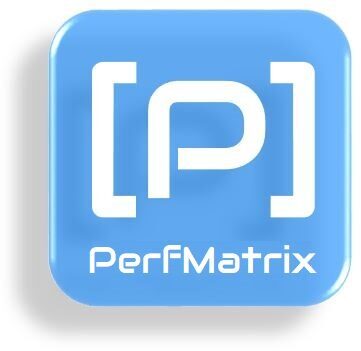“LoadRunner” is the biggest name in the performance testing world. Loadrunner has a variety of protocol support which covers nearly all types of software platforms. It has a long history which could be worthless to discuss here but as a performance tester, you should know it. Therefore I described the past journey of LoadRunner in brief.
History:
Loadrunner HPE acquired LoadRunner, as part of its acquisition of Mercury Interactive in November 2006 and named HP LoadRunner. Later on, HP launched LoadRunner’s SaaS version called ‘HP Performance Center’. On 1 September 2017, the announcement of the merger of Micro Focus with HPE gave it a name called “Micro Focus LoadRunner”, but in Jan 2023 OpenText acquired Micro Focus and became the product of OpenText.
How does LoadRunner work?
LoadRunner works on the concept of recording and replaying the user activities and generating the desired load on the server. It simply simulates the real-world user’s actions and helps to identify the performance of the software application or system by generating a virtual load. The main steps include:
- Recording/Scripting: To capture the user action into a script.
- Test Execution: Replaying the script along with the virtual load to simulate the real-world situation in the test environment.
- Result Analysis: To provide accurate results in terms of load handling capacity and responsiveness of the application.
LoadRunner simulates real user activities in the form of scripts (programs) and runs those scripts by generating virtual users (threads/processes). These virtual users are known as ‘Vusers’. During performance test execution, Vusers run concurrently and generate the traffic on the server. On the completion of the test, LoadRunner collates the results and saves them in a file (called Raw results). This file can be opened through the Microfocus Analysis tool and performed further analysis of the test result. In the end, the Analysis tool generates the report (in pdf, HTML, excel etc. format) which concludes the test result.
LoadRunner Components:
Micro Focus LoadRunner has the following components:
- Virtual User Generator or VuGen: It records end-user business processes and creates an automated test script in the form of a programming language. The generated script is called a ‘VuGen Script’ or ‘Test Script’.
- Load Generators: These are machines which generate the virtual load as per the requirement. During test execution, the Controller distributes each Vuser in the scenario to a load generator. A load generator is also used to simulate the geographical location of the users.
- Controller: It organizes, drives, manages, and monitors the load test. A controller is also used for workload modelling. Workload Modelling involves the creation of a test scenario as per NFR (Non-Functional Requirement).
For example: During the load test, 50 virtual users should generate 2 requests per second load on the server.
To execute a performance test, there must be at least one controller. In the absence of LG, a controller can also generate the load up to a certain limit (depending on the hardware configuration of the controller). Another function of a controller is to command the Load Generators via Agent during the test execution which involves- Which script needs to pick?
- How much load needs to generate and at what time?
- When to stop the test? etc.
- Agent: The LoadRunner agent sets up communication between the Controller and the Load Generator.
- Analysis: It helps to view, dissect and compare the results of the load tests. The analysis tool displays the result graphs and statistics to validate the test result against the defined NFRs (Non-functional requirement) and to find out the bottleneck (performance bugs). The analysis tool also generates a report based on the test result.
Why LoadRunner?
There are many reasons to choose Microfocus LoadRunner as a Performance Testing tool:
- LoadRunner has a simple and interactive user interface.
- It removes the drawbacks of manual performance testing with its user-friendly components.
- LoadRunner reduces the requirement for physical testers by replacing real (physical) users with virtual users (Vusers).
- Vusers emulate the behaviour of real users and create real-world loads on the server.
- LoadRunner limits the requirement for excess hardware. Since there are no physical users so a single Load Generator machine can generate multiple user load and reduces the requirement for hardware or physical machines.
- A controller has a single point of control over all the Vusers.
- Easy correlation method (to handle the dynamic values coming from the server). Also, an intelligent auto-correlation feature
- Supports mobile and cloud performance testing
- The flexibility of the controller helps to create the user load test of any pattern.
- Live graphs and statistics of client-side performance metrics during the test.
- LoadRunner also supports monitoring the network and server resources to identify the bottleneck.
- Ease of integration with APM tools.
- A wide variety of graphs helps in result analysis.
- Option to generate the reports in multiple formats.
- 100% automation of the test cases allows the repetition of the test as and when required.
- On-premise and cloud options are available.
- Dedicated Team Support
Conclusion:
The selection of the performance testing tool depends on the technology and the budget of the client. LoadRunner is a licensed performance testing tool which also has a free trial version. Today, companies and clients have multiple options for performance testing tools in the market but many reputed clients still keep their faith in Loadrunner and want to continue with it. Because of:
- Accuracy of the result
- Resources are easily available
- Support of (nearly) all old and new technologies
- Quick and Strong support community
- Data security
- No third-party involvement
Hence LoadRunner is a good option to learn and build a career in the performance testing field.
You may be interested:

